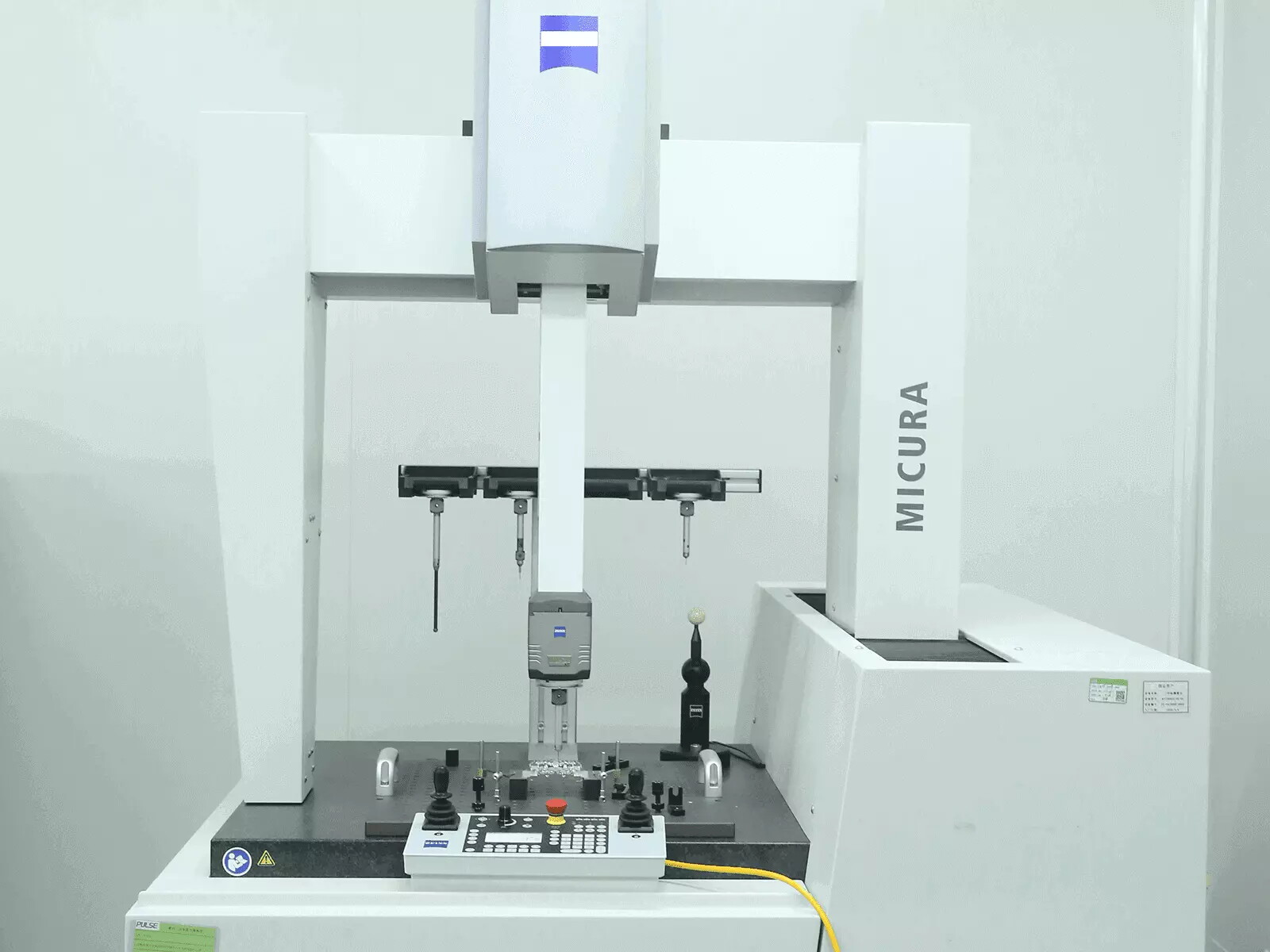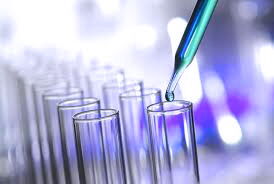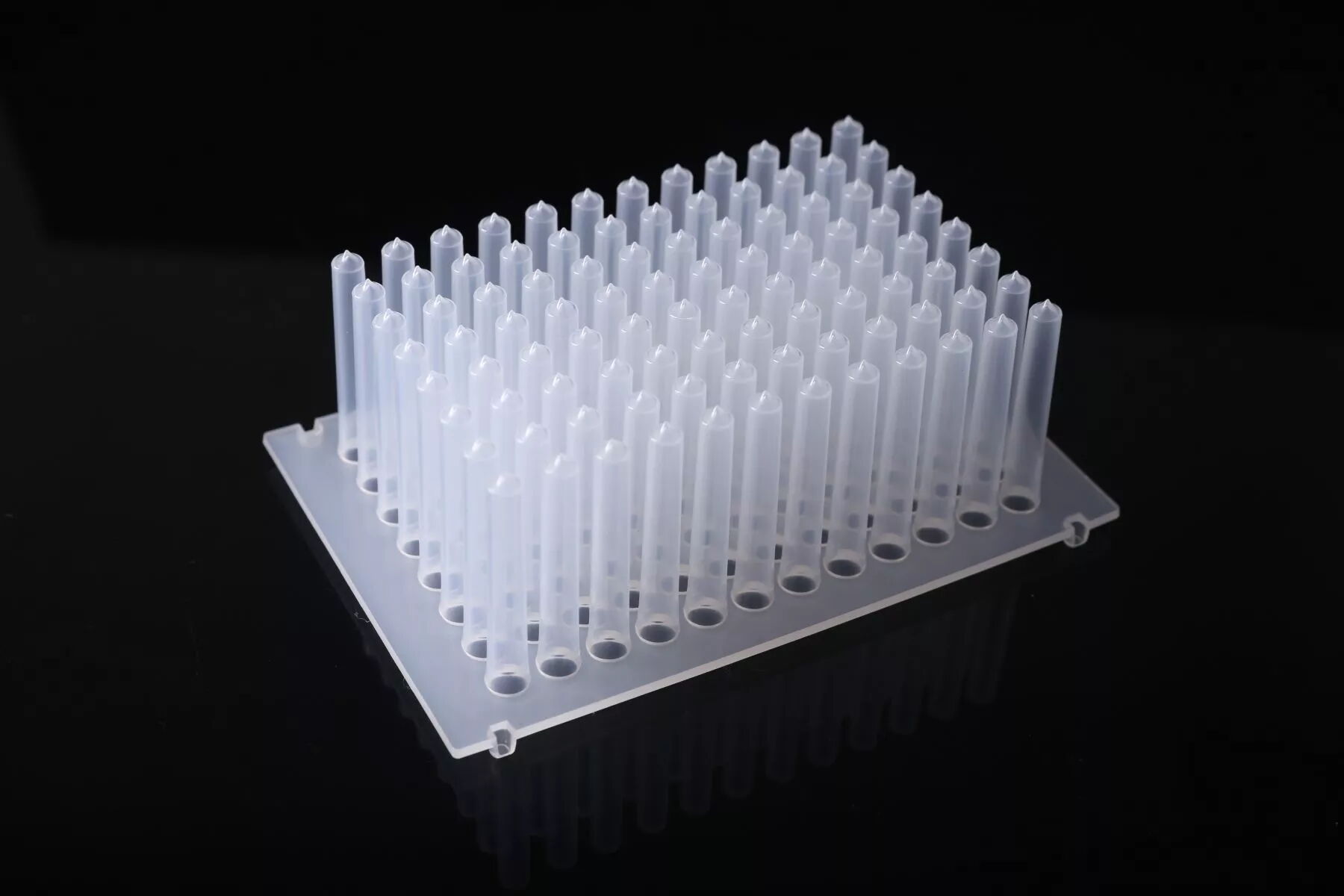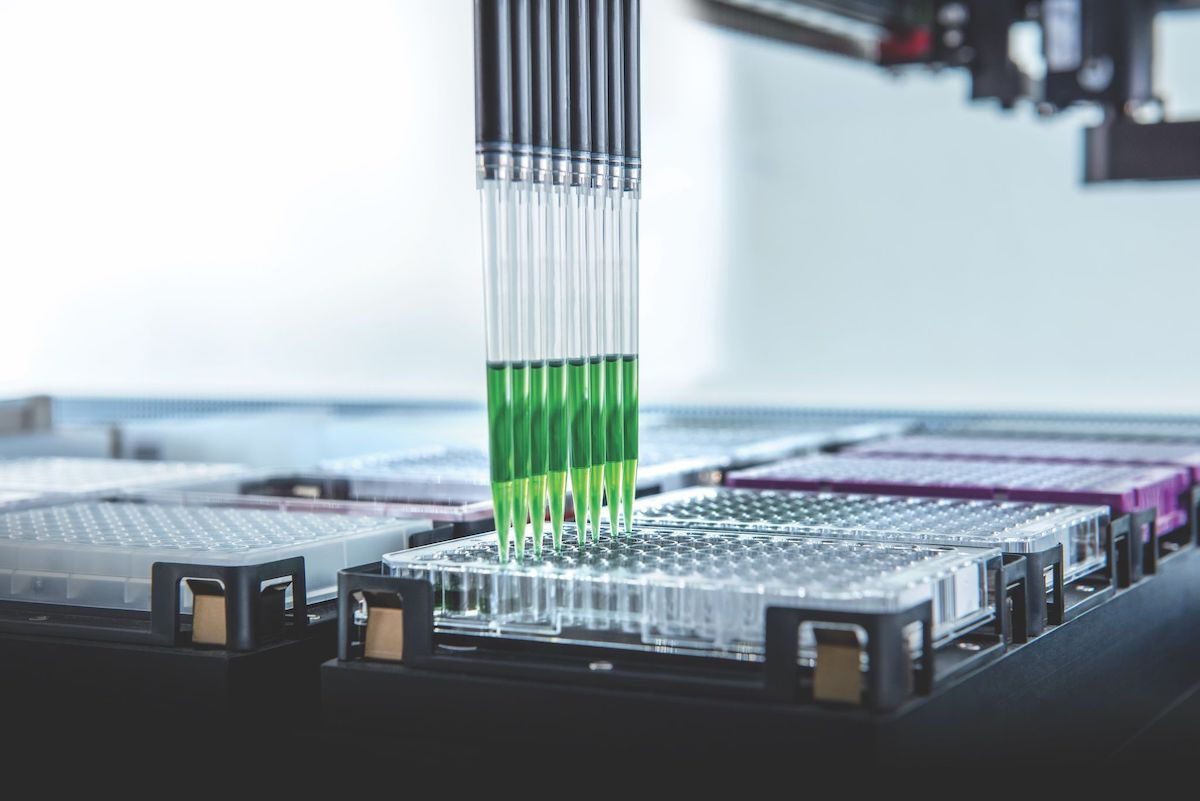The Development of Micropipettes
Feb 22, 2024
Pipetting tools are laboratory instruments used for measuring and transferring small volumes of solutions. They have a wide range of applications in laboratories across fields such as biology, chemistry, medicine, and pharmaceuticals. Due to varying purposes, pipetting tools, ranging from pipettes, droppers, and pipette tips to more complex pipetting workstations, exhibit different levels of precision and are suitable for various usage scenarios. However, the fundamental principle behind pipetting tools remains consistent, which involves the aspiration of a target volume of liquid through a vacuum suction chamber. However, there was no concept of pipetting tools such as pipettes during the late 19th to early 20th century.
 The story traces back to the 1940s when French chemist and microbiologist Louis Pasteur pioneered the invention of the first pipette. Often hailed as the ‘Father of Medical Microbiology,’ Pasteur made significant strides in the field, one of which was devising a glass pipette for liquid transfer in laboratories. These handheld devices simplified the process of transferring liquids while minimizing the risk of contamination.
The story traces back to the 1940s when French chemist and microbiologist Louis Pasteur pioneered the invention of the first pipette. Often hailed as the ‘Father of Medical Microbiology,’ Pasteur made significant strides in the field, one of which was devising a glass pipette for liquid transfer in laboratories. These handheld devices simplified the process of transferring liquids while minimizing the risk of contamination.
Expanding upon Pasteur’s groundbreaking work, German physician Heinrich Schnitger took the innovation further by developing the prototype of the micropipette in the 1950s. Schnitger's journey to this achievement was remarkable. A former soldier during World War II, Schnitger battled tuberculosis, which ultimately led him to pursue a career in medicine. At the age of 32, he embarked on a post-doctoral position under Theodor Bücher, the Director of the Institute of Physiological Chemistry at the University of Marburg, Germany.
During his tenure, Schnitger encountered the prevalent practice of manually pipetting liquids using mouth-operated glass pipettes. This method posed significant health risks, especially when handling hazardous chemicals. Schnitger's motivation stemmed from his research project, which aimed to measure phosphate-containing metabolites using anion exchange chromatography. This involved handling substances like 80% formic acid, necessitating precise collection in volumes less than a milliliter for subsequent analysis.
In his initial endeavor, Schnitger ingeniously modified a tuberculin syringe by affixing a spring to its piston and incorporating an upward stop mechanism to regulate the liquid volume dispensed. Subsequently, he replaced the syringe's needle with a polyethylene tip sourced from polyethylene tubing. Thus, in 1957, at the University of Marburg, Germany, Heinrich Schnitger successfully devised the world's first micropipette. Remarkably, this prototype possessed many features akin to modern-day micropipettes.
Recognizing the immense potential of this invention, Bücher urged Schnitger to further refine the device. Schnitger found support in the institute's advanced mechanical workshop, established under Bücher's initiative. Leveraging his prototypes, lab technicians were able to replicate the device for widespread laboratory use.
The introduction of the micropipette by Schnitger marked a watershed moment in medical and biochemical research. As Schnitger continued to refine the device, incorporating various mechanical enhancements for accuracy and ease of repetitive pipetting, the instrument underwent significant evolution. One pivotal advancement was the integration of a second spring into the design, facilitating the expulsion of residual fluid from the tip by the piston. This innovation, coupled with an air buffer that separated the liquid and piston, ensured precise liquid confinement within the polyethylene tip. To fully release the liquid, users applied optimal pressure, activating the second spring connected to the lower stop.
Despite its simplicity, the micropipette's elegant and efficient design captivated the scientific community. Its well-crafted features drastically reduced experiment execution time and enhanced convenience. Researchers could now swiftly and accurately pipette numerous samples, particularly minute volumes. This invention revolutionized micro-volume liquid transfer, profoundly impacting the realms of biochemical, biological, and medical sciences.
Just six months after its inception, Schnitger sought patent protection for his creation in Germany, using the initial prototype he constructed. His patent application, dated May 1957 and titled "Vorrichtung zum schnellen und exakten Pipettieren kleiner Flüssigkeitsmengen" (Device for the fast and precise pipetting of small liquid volumes), received approval on April 24, 1961.
In the 1960s, the Germany-based biotech firm Eppendorf acquired the rights to the micropipette, heralding the era of mass production for this revolutionary tool. This move significantly slashed the cost of micropipettes, rendering them accessible on a global scale to researchers everywhere.
Further advancements emerged in the 1970s when Warren Gilson and Henry Lardy, scientists based in Wisconsin, USA, enhanced micropipettes by introducing an adjustable format. This innovation empowered users to customize liquid volumes according to the specific requirements of their experiments.
The 21st century witnessed a renaissance in micropipette technology, with unprecedented strides in innovation. Over the years, scientists have tirelessly worked to overcome any limitations associated with micropipette design. This relentless pursuit has led to the development of highly advanced and automated models, such as the Electronic Pipette, Adjustable Spacer Multichannel Pipette, and Bluetooth-enabled Micropipette, which have become indispensable tools in scientific research labs worldwide.
In recent years, the global market value of disposable pipette tips has surged, with projections suggesting it may exceed USD 166 million by 2028, reflecting a remarkable Compound Annual Growth Rate (CAGR) of 9.5%.
 The story traces back to the 1940s when French chemist and microbiologist Louis Pasteur pioneered the invention of the first pipette. Often hailed as the ‘Father of Medical Microbiology,’ Pasteur made significant strides in the field, one of which was devising a glass pipette for liquid transfer in laboratories. These handheld devices simplified the process of transferring liquids while minimizing the risk of contamination.
The story traces back to the 1940s when French chemist and microbiologist Louis Pasteur pioneered the invention of the first pipette. Often hailed as the ‘Father of Medical Microbiology,’ Pasteur made significant strides in the field, one of which was devising a glass pipette for liquid transfer in laboratories. These handheld devices simplified the process of transferring liquids while minimizing the risk of contamination.Expanding upon Pasteur’s groundbreaking work, German physician Heinrich Schnitger took the innovation further by developing the prototype of the micropipette in the 1950s. Schnitger's journey to this achievement was remarkable. A former soldier during World War II, Schnitger battled tuberculosis, which ultimately led him to pursue a career in medicine. At the age of 32, he embarked on a post-doctoral position under Theodor Bücher, the Director of the Institute of Physiological Chemistry at the University of Marburg, Germany.
During his tenure, Schnitger encountered the prevalent practice of manually pipetting liquids using mouth-operated glass pipettes. This method posed significant health risks, especially when handling hazardous chemicals. Schnitger's motivation stemmed from his research project, which aimed to measure phosphate-containing metabolites using anion exchange chromatography. This involved handling substances like 80% formic acid, necessitating precise collection in volumes less than a milliliter for subsequent analysis.
In his initial endeavor, Schnitger ingeniously modified a tuberculin syringe by affixing a spring to its piston and incorporating an upward stop mechanism to regulate the liquid volume dispensed. Subsequently, he replaced the syringe's needle with a polyethylene tip sourced from polyethylene tubing. Thus, in 1957, at the University of Marburg, Germany, Heinrich Schnitger successfully devised the world's first micropipette. Remarkably, this prototype possessed many features akin to modern-day micropipettes.
Recognizing the immense potential of this invention, Bücher urged Schnitger to further refine the device. Schnitger found support in the institute's advanced mechanical workshop, established under Bücher's initiative. Leveraging his prototypes, lab technicians were able to replicate the device for widespread laboratory use.
The introduction of the micropipette by Schnitger marked a watershed moment in medical and biochemical research. As Schnitger continued to refine the device, incorporating various mechanical enhancements for accuracy and ease of repetitive pipetting, the instrument underwent significant evolution. One pivotal advancement was the integration of a second spring into the design, facilitating the expulsion of residual fluid from the tip by the piston. This innovation, coupled with an air buffer that separated the liquid and piston, ensured precise liquid confinement within the polyethylene tip. To fully release the liquid, users applied optimal pressure, activating the second spring connected to the lower stop.
Despite its simplicity, the micropipette's elegant and efficient design captivated the scientific community. Its well-crafted features drastically reduced experiment execution time and enhanced convenience. Researchers could now swiftly and accurately pipette numerous samples, particularly minute volumes. This invention revolutionized micro-volume liquid transfer, profoundly impacting the realms of biochemical, biological, and medical sciences.
Just six months after its inception, Schnitger sought patent protection for his creation in Germany, using the initial prototype he constructed. His patent application, dated May 1957 and titled "Vorrichtung zum schnellen und exakten Pipettieren kleiner Flüssigkeitsmengen" (Device for the fast and precise pipetting of small liquid volumes), received approval on April 24, 1961.
In the 1960s, the Germany-based biotech firm Eppendorf acquired the rights to the micropipette, heralding the era of mass production for this revolutionary tool. This move significantly slashed the cost of micropipettes, rendering them accessible on a global scale to researchers everywhere.
Further advancements emerged in the 1970s when Warren Gilson and Henry Lardy, scientists based in Wisconsin, USA, enhanced micropipettes by introducing an adjustable format. This innovation empowered users to customize liquid volumes according to the specific requirements of their experiments.
The 21st century witnessed a renaissance in micropipette technology, with unprecedented strides in innovation. Over the years, scientists have tirelessly worked to overcome any limitations associated with micropipette design. This relentless pursuit has led to the development of highly advanced and automated models, such as the Electronic Pipette, Adjustable Spacer Multichannel Pipette, and Bluetooth-enabled Micropipette, which have become indispensable tools in scientific research labs worldwide.
In recent years, the global market value of disposable pipette tips has surged, with projections suggesting it may exceed USD 166 million by 2028, reflecting a remarkable Compound Annual Growth Rate (CAGR) of 9.5%.
Previous: Understanding the Techniques and Differentiating qPCR from RT-PCR
Next: Understanding Label Claims on Biological Consumables



